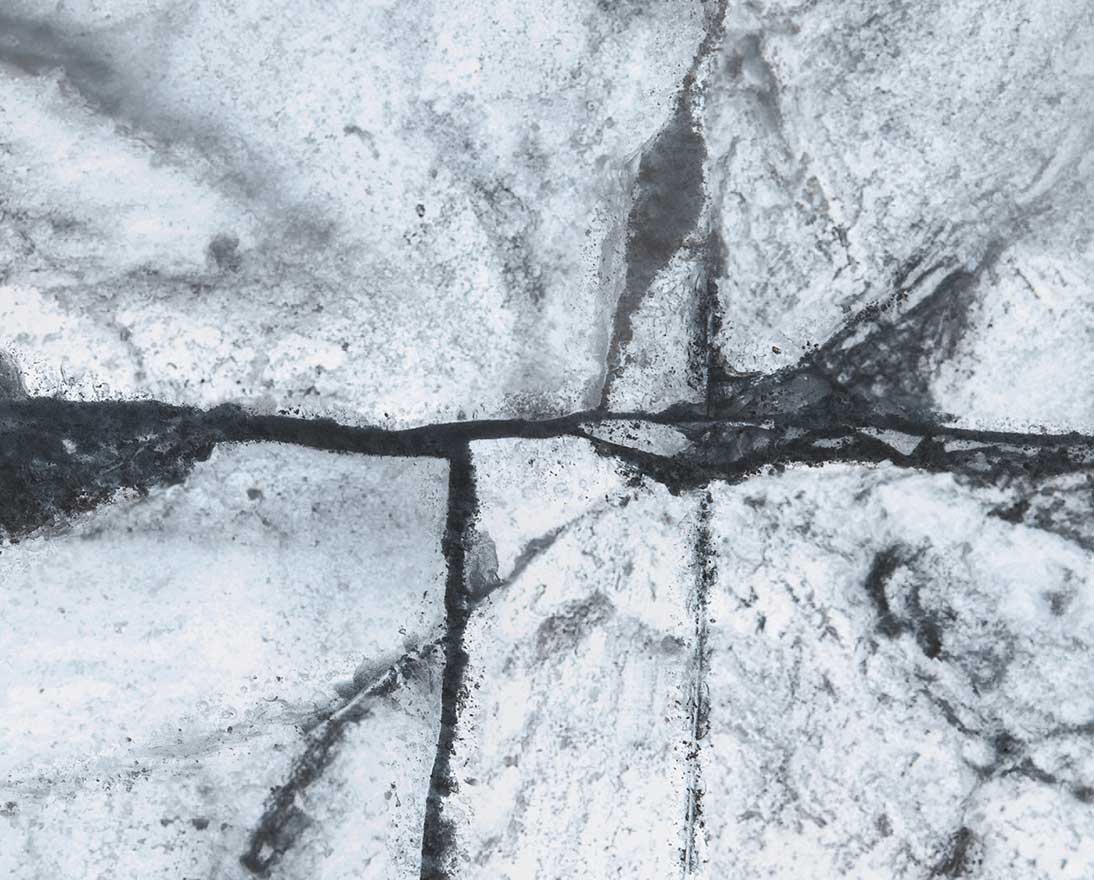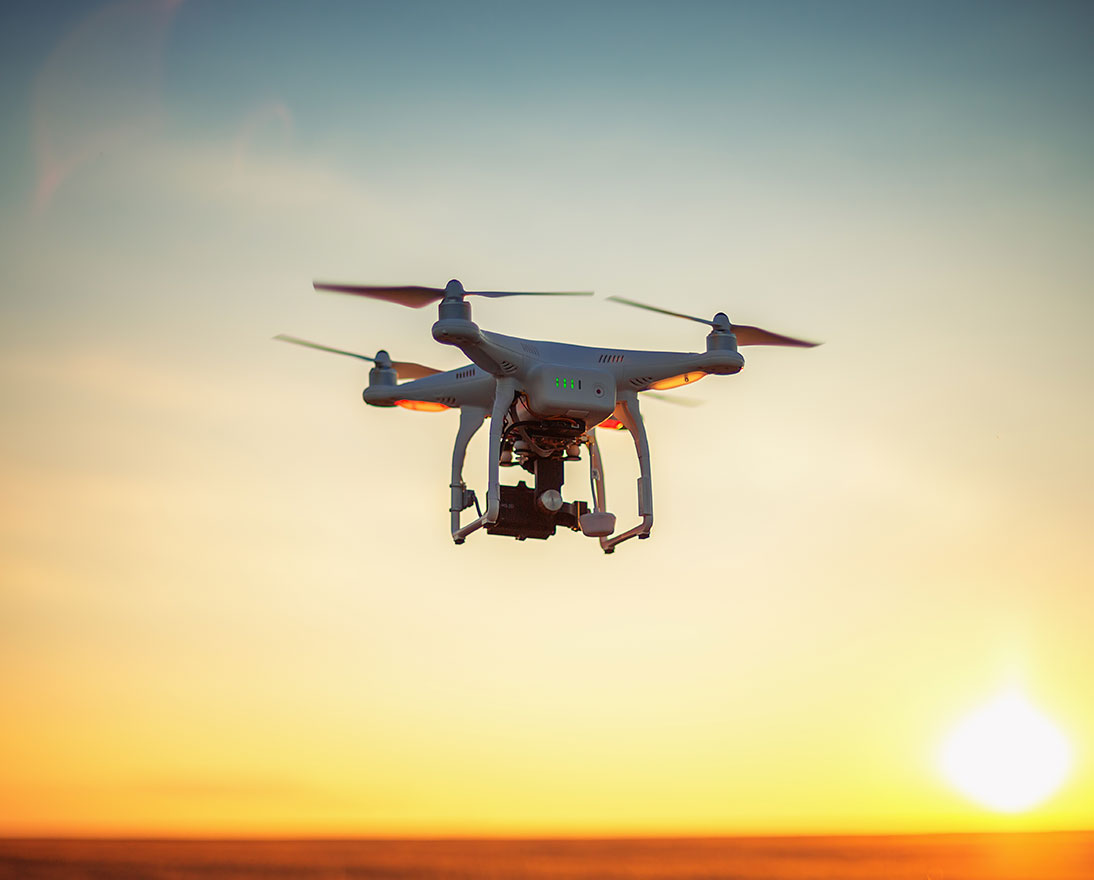Under-the-radar risks: understanding and mitigating hidden threats in the global risk landscape
Global risksArticleFebruary 24, 20246 min read
Global risks are interconnected. What doesn’t look dangerous now could have a serious impact later.
If you think of the global risk most likely to keep decision-makers awake at night, it’s likely to be something pressing and tangible: from geopolitical conflicts to severe weather to a financial crisis.
But there is another side to charting threats. The World Economic Forum’s Global Risks Report 2024 also highlights emerging or accelerating risks that, while perhaps not top of mind right now, could snowball into the next crisis. These growing challenges sit within clusters of risks of huge importance, including “economic stability,” “natural ecosystems” and “human security.”
While individual risks within these clusters might not seem to present an immediate threat on their own, their growth and the intersections they have with other risks can have a significant impact on global stability and security.
Recognizing these under-the-radar risks and their potential impact is critical in taking steps to protect against them.
“The real risks are always the ones you don’t think about,” said Peter Giger, our Group Chief Risk Officer, in our Global Risks Report 2024 webinar.
Spotting an under-the-radar risk
Under-the-radar risks do not exist and grow in isolation. How they impact and connect with more immediate threats can cause a cascade effect, where one risk amplifies the impact of another, increasing the severity of all the risks in the complex web of interconnected global risks.
For example, organized crime appears in the Global Risks Report 2024 as a lower risk across both the two- and ten-year outlooks, in 28th and 31st positions respectively, but 2023 has seen notable growth in key organized crime areas.
Higher ranked risks such as an economic downturn and cyber insecurity can act as drivers for organized crime and, in return, these illegal economic activities affect economic stability and lead to substantial financial losses around the world. NASDAQ reports show that the amount of illicit funds passing through the global financial system in 2023 totaled more than 3 trillion USD. Despite organized crime being ranked much lower than other economic factors, it can still have a huge impact on financial stability.
Low risk, high stakes
Some risks can hide in the shadows of other, more pressing threats, but cause severe disruption and devastation when they occur.
Non-weather-related natural disasters rank in 33rd position (out of 34) in both the two-year and 10-year periods but can still have devastating effects. In 2021, more than 415,000 people were displaced by the eruption of Mount Nyiragongo in the Democratic Republic of Congo. In the aftermath of the eruption, several earthquakes damaged key infrastructure, including a reservoir.
Even in less populous areas, such as Iceland, the effects of natural catastrophes can have long-lasting effects. The recent volcanicity and seismic activity on the Reykjanes peninsula has had significant impact, affecting basic utility supplies – such as hot water – and the economy itself by reducing tourism. Scientists believe that the area is entering a new volcanic era that could last for many years, decades or even centuries.
Natural disasters such as these will always have a wide-ranging impact in other areas, such as involuntary migration and economic instability. Even low risk threats need to be carefully anticipated when creating more resilient systems in the communities that will be most affected should a disaster occur.
Weak signals
Without preemptive measures, under-the-radar risks can increase in severity.
For many years, the Global Risk Report warned of the threat of infectious disease and pandemics. Early “weak signals” included SARS, MERS and then the Ebola outbreak in West Africa in 2014-15. Indirectly, these weak signals led to the development of initiatives like GAVI (Global Alliance on Vaccines) and CEPI (the Centre for Epidemic Preparedness).
However, these weak signals were overwhelmed by other global events and geopolitical tensions, with a weakening of key defense mechanisms like the national Centers for Disease Control and Prevention (CDC) and politically motivated skepticism about the actions and recommendations of multilateral institutions like the World Health Organization (WHO).
Ultimately, not having the capacity to read, monitor and preempt these weak signals played a part in the rapid spread of Covid-19 and all the economic, societal and political consequences we are still living with today.
Despite this, the risk of infectious disease outbreak was rated 28th in this year's Global Risks Report, and yet the likelihood of an outbreak is likely the same as before Covid-19. An outbreak could occur at any time and the next one may be even more virulent and damaging.
Holistic risk management and under-the-radar risks
Under-the-radar risks can affect other risks as well as being impacted by them. All too often the natural human instinct is only to address the risks in front of us, the well-known “fight or flight” instinct that has been part of our survival since we were hunter-gatherers. In today’s overpopulated, highly interconnected world, we need to deploy additional and sometimes uncomfortably different approaches to managing the obvious, long-term risks that are developing, as well as paying attention to “weak signals.”
This means combining outlooks about less visible risks with responses to current ones to build a culture of resilience that can withstand a range of eventualities. Comprehensive strategies are needed to anticipate, prepare for, and mitigate risks that have not yet fully manifested on a global scale.
This holistic approach to risk management includes advanced intelligence gathering, data analytics, cross-border cooperation and implementing robust legal frameworks. Adopting multidisciplinary strategies across sectors can also enhance the capacity to detect and mitigate these risks.
Through collaboration the global community can craft defenses against risks that evade the limelight but wield the power to shape our world.

Commercial Insurance Risk Insights
Our experts share their insights on the current risk landscape to help you address and manage emerging risks.



